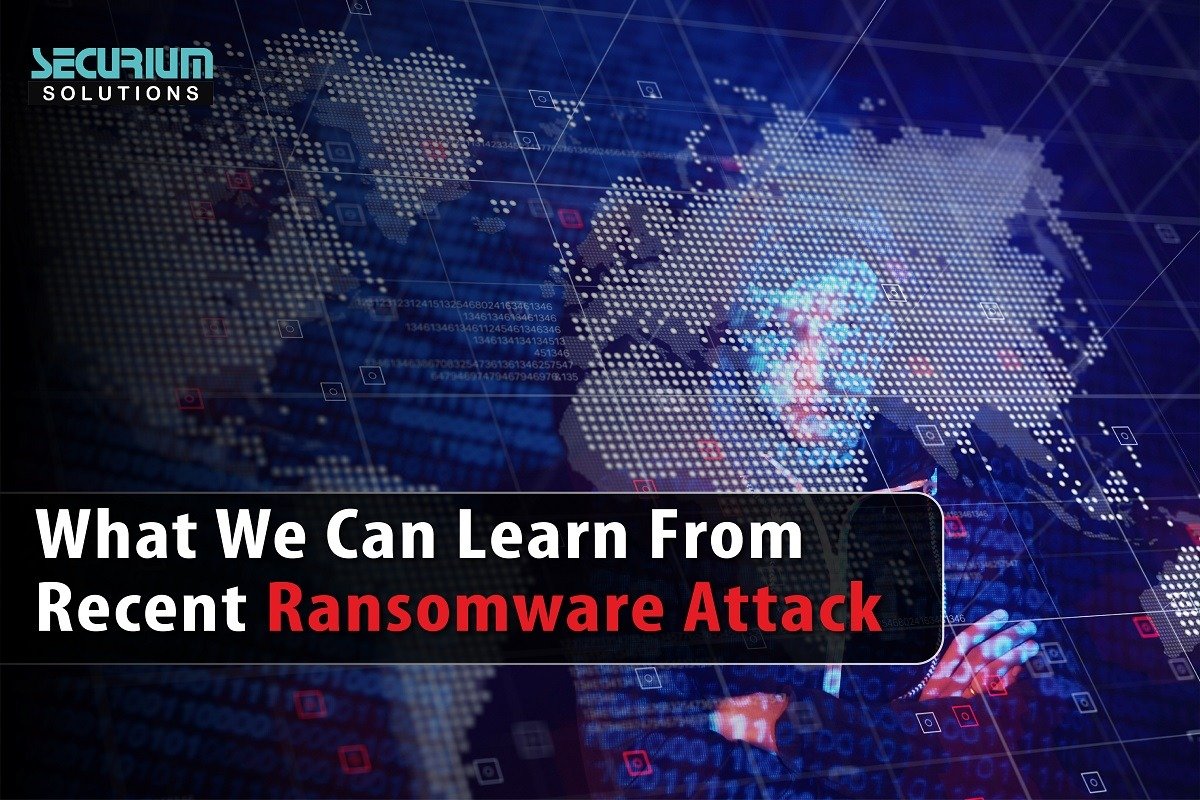Jan 20, 2023 / Securium Solutions
Define Ransomware:
Ransomware is a malware designed to hinder a user or business from accessing files on a computer. Cybercriminals put businesses in a situation where paying the ransom is the quickest and least expensive option to recover access to their files by encrypting these files and requesting a ransom payment for the decryption key.
For increased motivation for ransomware victims to pay the ransom, several variants have included other capabilities, like data stealing.
Ransomware has quickly become the most prominent and visible type of Malware.
In recent years, ransomware attacks have become an increasingly common and destructive threat to businesses and organizations of all sizes. These attacks involve hackers taking control of a victim’s computer systems and demanding a ransom payment in exchange for the release of the encrypted data.
Ransomware Attacks :
One of the most notable recent ransomware attacks occurred in 2022 when a group of hackers known as “DarkSide” targeted a major oil company and demanded a ransom of several million dollars. This attack resulted in widespread disruption and financial losses for the company, as well as significant damage to its reputation.
So, what can we learn from this and other recent ransomware attacks? Here are a few key takeaways:
Ransomware attacks can happen to any organization. No company or organization is immune to ransomware attacks, regardless of size or industry. This highlights the importance of being proactive and taking steps to protect your systems and data from these types of threats.
Protect from Ransomware Attacks:
Backups are crucial. One of the most important steps you can take to protect yourself from ransomware is to back up your data regularly. This will ensure that you have a recent copy of your files that can be restored in the event of an attack.
Employee education and awareness are important. Many ransomware attacks are successful because employees click on malicious links or attachments, often through phishing emails. By educating your employees about the dangers of these types of threats and how to spot them, you can reduce the risk of a successful attack.
It’s important to have a plan in place. In the event of a ransomware attack, it’s important to have a plan in place to respond quickly and effectively. This should include identifying and isolating the infected systems, restoring data from backups, and contacting the authorities if necessary.
Consider hiring a professional for help. If you’re not sure where to start or don’t have the resources to handle a ransomware attack on your own, consider hiring a professional to help. Cybersecurity experts can assist with everything from identifying vulnerabilities in your systems to helping you recover from an attack.
Conclusion:
In conclusion, recent ransomware attacks have shown that these types of threats are becoming more common and more destructive. By learning from these attacks and taking steps to protect yourself, you can reduce your risk of falling victim to a ransomware attack and minimize the damage if it does occur.




